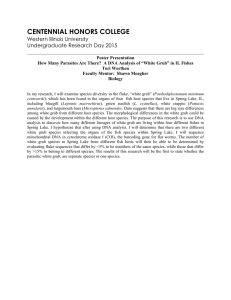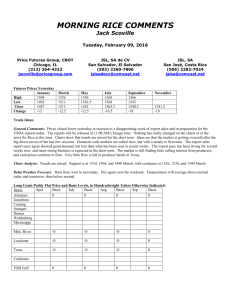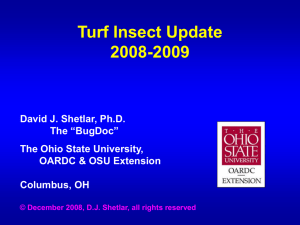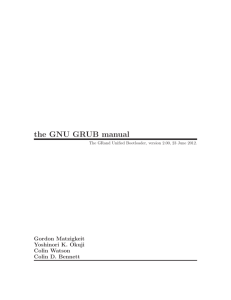White grub chemical control
advertisement
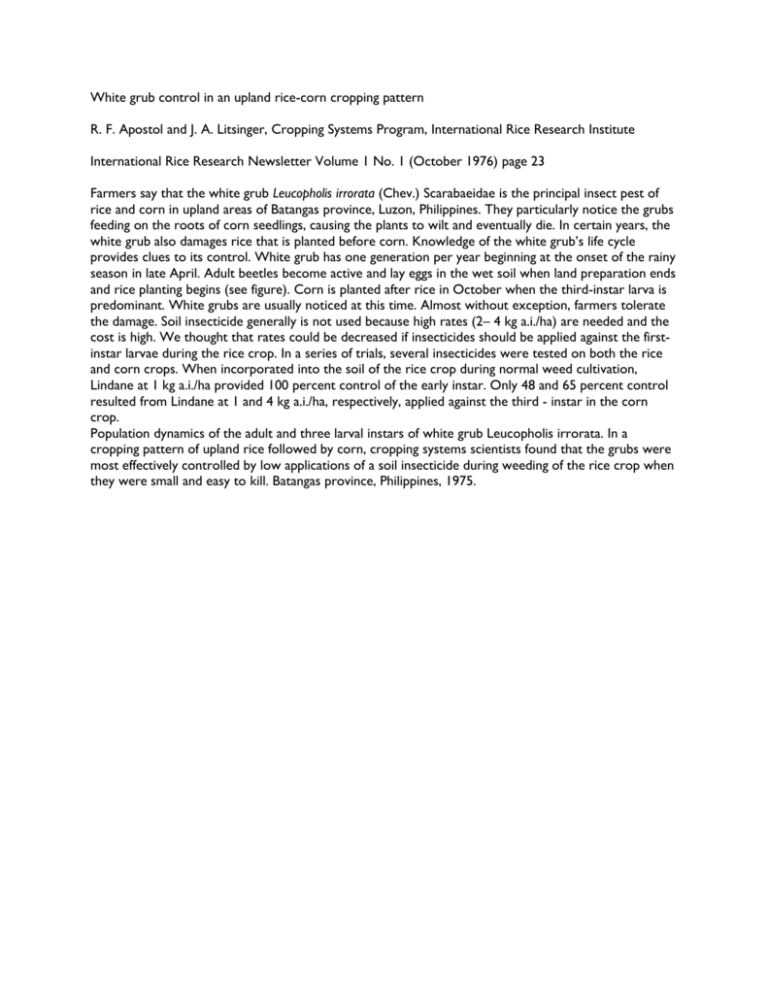
White grub control in an upland rice-corn cropping pattern R. F. Apostol and J. A. Litsinger, Cropping Systems Program, International Rice Research Institute International Rice Research Newsletter Volume 1 No. 1 (October 1976) page 23 Farmers say that the white grub Leucopholis irrorata (Chev.) Scarabaeidae is the principal insect pest of rice and corn in upland areas of Batangas province, Luzon, Philippines. They particularly notice the grubs feeding on the roots of corn seedlings, causing the plants to wilt and eventually die. In certain years, the white grub also damages rice that is planted before corn. Knowledge of the white grub’s life cycle provides clues to its control. White grub has one generation per year beginning at the onset of the rainy season in late April. Adult beetles become active and lay eggs in the wet soil when land preparation ends and rice planting begins (see figure). Corn is planted after rice in October when the third-instar larva is predominant. White grubs are usually noticed at this time. Almost without exception, farmers tolerate the damage. Soil insecticide generally is not used because high rates (2– 4 kg a.i./ha) are needed and the cost is high. We thought that rates could be decreased if insecticides should be applied against the firstinstar larvae during the rice crop. In a series of trials, several insecticides were tested on both the rice and corn crops. When incorporated into the soil of the rice crop during normal weed cultivation, Lindane at 1 kg a.i./ha provided 100 percent control of the early instar. Only 48 and 65 percent control resulted from Lindane at 1 and 4 kg a.i./ha, respectively, applied against the third - instar in the corn crop. Population dynamics of the adult and three larval instars of white grub Leucopholis irrorata. In a cropping pattern of upland rice followed by corn, cropping systems scientists found that the grubs were most effectively controlled by low applications of a soil insecticide during weeding of the rice crop when they were small and easy to kill. Batangas province, Philippines, 1975.







